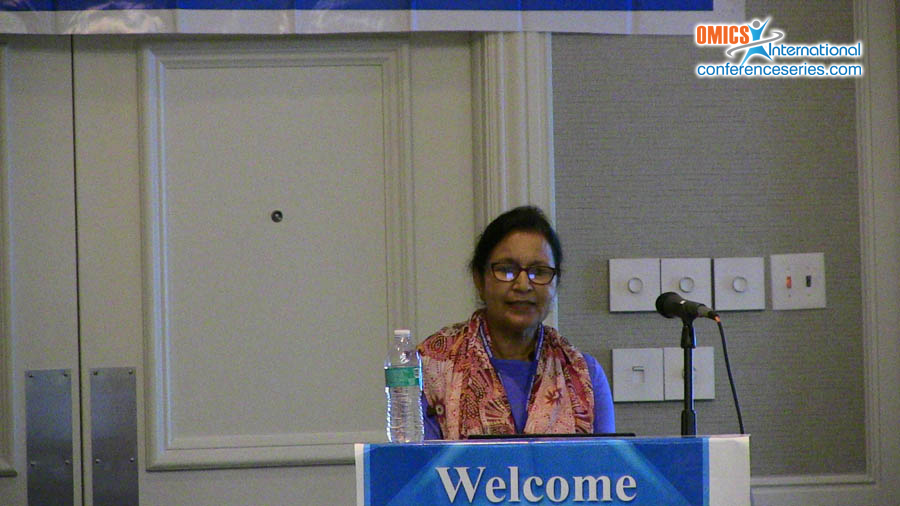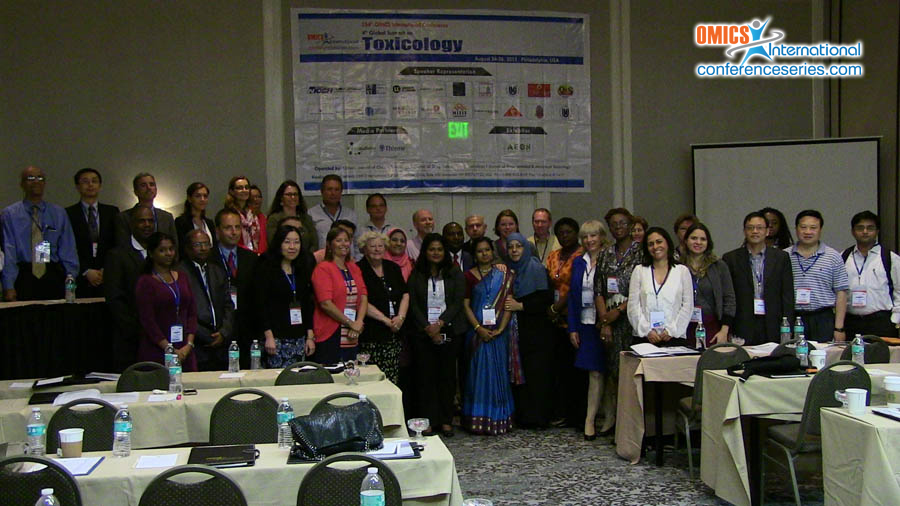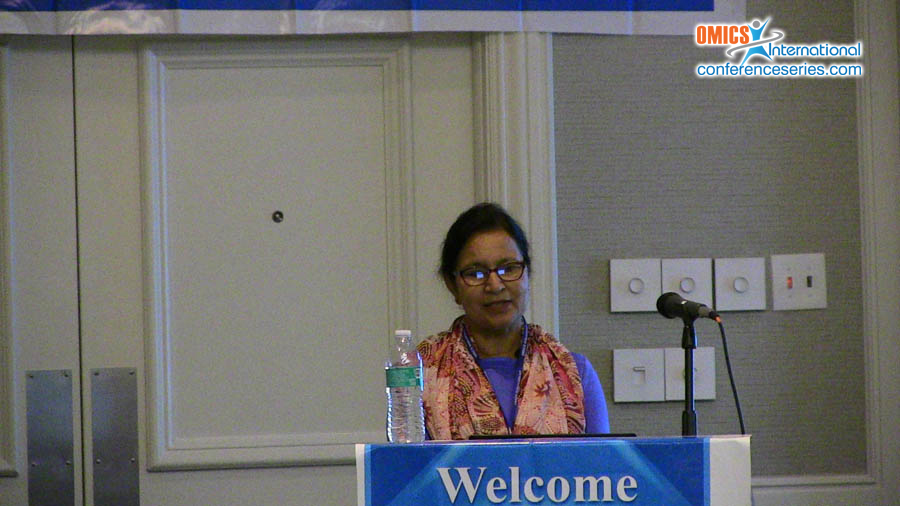
Biography
Biography: Kamala Pant
Abstract
In drug development, genotoxicity testing is an essential part of preclinical safety evaluation. Before a potential drug candidate is selected, many chemicals have to go through pre-screening in drug discovery/lead optimization to weed out any “bad actors”. Non-GLP assays used at early stages to select candidates for further development as they have lower cost, quick turn-around time, minimal test article requirement. However, these assays should be predictive of the standard GLP assays. For impurities that are not feasible to isolate or synthesize or when compound quantity is limited, it may not be possible to achieve the highest test concentrations recommended for an ICH-compliant bacterial mutagenicity assay according to the current testing guidelines. In this case, bacterial mutagenicity testing could be carried out using a miniaturized assay format with proven high concordance to the ICH-compliant assay to enable testing at higher concentrations with justification. Virtually any regulatory assay can be scaled down to conserve test article, time and money by using fewer dose levels, replicates, strains or animals. Also in some cases fewer cells are scored. For Ames assay, modifications of the standard assays (e. g. 24-well, 6 well methods) or different techniques with good predictive qualities (e.g. Ames II assay with liquid format) are available. For cytogenetics assay, modified designs with either reduced scoring or reduced culture size are offered. Different designs and the pros and cons of these design modifications will be discussed during the workshop.
Speaker Presentations
Speaker PPTs Click Here




